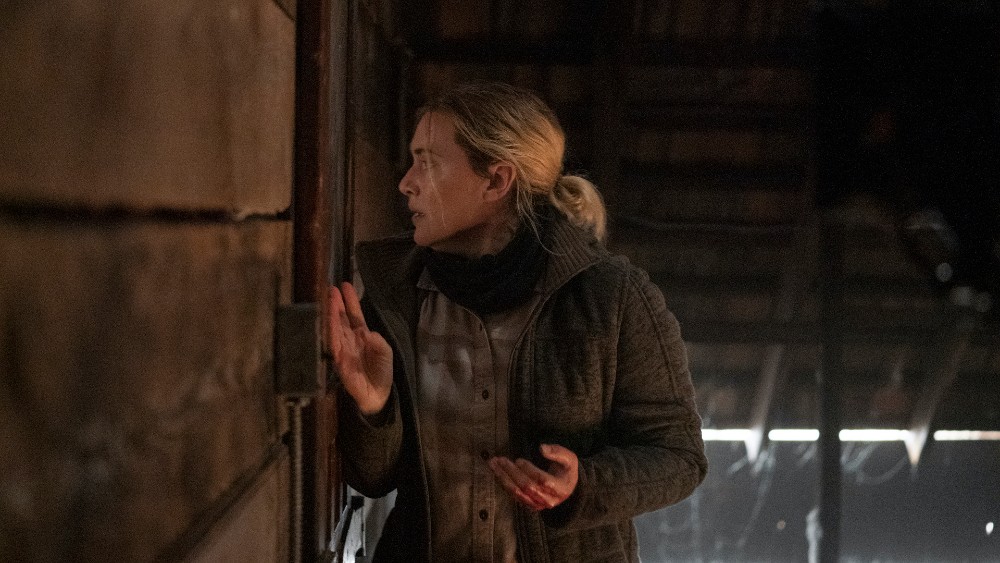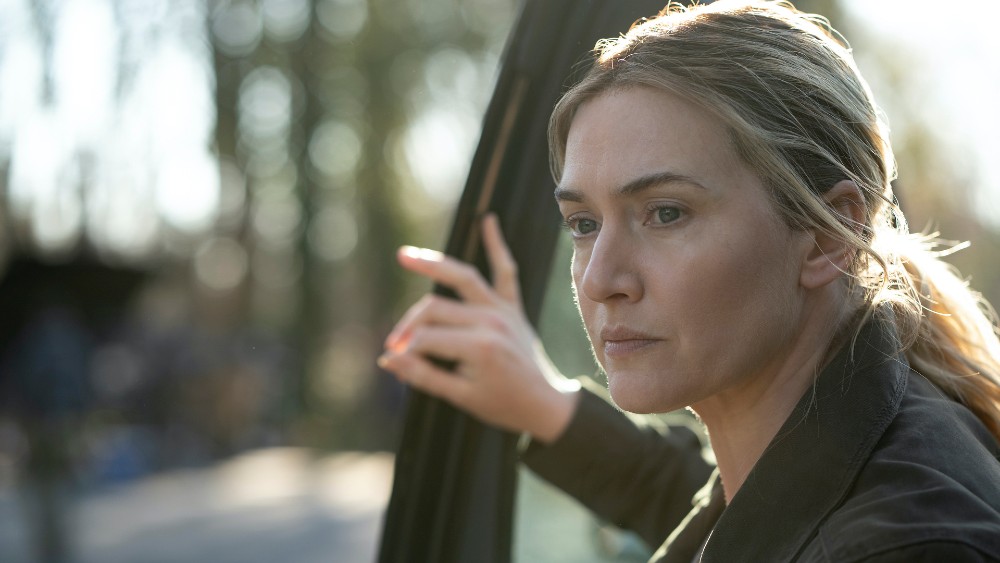
In HBO’s Mare of Easttown, Kate Winslet plays a detective sergeant trying to unravel the murder of a local teen while coping with the demands of her splintered family. Created and written by Brad Ingelsby, and directed by Craig Zobel, the limited series takes place in a blue-collar suburb northeast of Philadelphia. The ensemble cast includes Julianne Nicholson, Jean Smart, Angourie Rice, and Evan Peters. Viewers have been surprised by the series’ emotional punch, and ratings have grown every week since the series premiered in April.
Ben Richardson, ASC, was the cinematographer for all seven episodes of the series. He has collaborated frequently with director Taylor Sheridan (Those Who Wish Me Dead, the TV series Yellowstone), and won the Film Independent Spirit Award for Best Cinematography for Benh Zeitlin‘s Beasts of the Southern Wild.
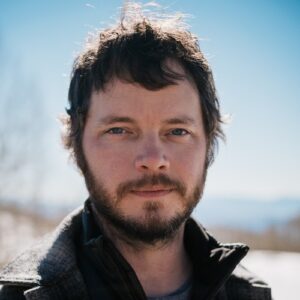
Below the Line spoke with Richardson by phone.
Ben Richardson: I came on only four or five weeks before production. The producers were looking for someone to do the entire season, just as there would be only one director, Craig Zobel. On my other major experience on TV, the first season of Yellowstone, I had done exactly that, shooting the entire season. In addition to these scripts being phenomenal, I loved the idea of being able to sculpt the entire arc of the show.
BTL: Did they explain what kind of look they were after?
Richardson: It was more of a conversation with Craig and Brad Ingelsby, the creator. We all had a similar instinct, I think, for the look we needed, and that may have been one of the reasons I was hired, because it was right in my wheelhouse, which is to say a kind of grounded realism with some heightened visual accents and a real emphasis on performance and characters. It was quite clear that viewers needed to be able to kind of give themselves over to these characters, and the photography needed to support that.
BTL: What do you mean by “heightened accents”?
Richardson: I’ve always approached lighting from a principle of a source-based naturalism. I want to be able to justify, even if only in my own mind, where every piece of lighting in a room space is coming from. But I’m also aware that it’s necessary to manipulate lighting for emotional and dramatic effect, and to model the faces of performers, and the environment they’re in. I’m always looking for opportunities to light in a way which is both flattering and entirely plausible, if that makes sense.
BTL: Were the scripts completed? How detailed were your breakdowns?
Richardson: The scripts were a hundred percent when I signed on. What Craig brought very specifically to the prep was how he intended to highlight or downplay individual scenes. With so many characters, and so much complex interplay among them, the different locations, the reveals in each new episode, it would be very easy for audiences to get lost. Craig did a great job balancing which scenes were played simply and efficiently for plot, versus those with heavier emotional content. In a show like Mare, audiences are tracking both the information being given them in scenes, and the richness of the underlying character arcs. We had a lot of fun nuancing each scene the way we felt it was going to be needed for the final cut. We brought that to our camera choices and blocking: should a scene play in a single shot or two, or would it demand more complex coverage?
BTL: So you shotlist everything?
Richardson: For the most part, yes, and we storyboarded a few scenes too. We collaborated on a lot of the shotlist on a rolling basis during the pre-COVID block and then we sort of emailed things back and forth during the hiatus. Before we began shooting again in the fall, we also did some photo boarding that ended up being very important for a few scenes. Since we had access to the locations, rather than bring in a storyboard artist, we would go there ourselves and put the boards together before we shot.
BTL: You really captured the sense of blue-collar desperation in those hard-bitten suburbs.
Richardson: Given the writing, we were all conscious that it would have disturbed the show to make our aesthetic artificial. Some of our real-world locations were lit with old fluorescents in the ceiling that maybe hadn’t been changed in 15 years, or with simple, store-bought practical lamps that people just kind of filled their homes with. We did what was necessary to manage such fixtures for technical reasons, but tried to stay true to the feel, and also to emulate it on our stage builds.
But it was also really important to us not to make it an overly bleak look. I loved the sketch on SNL. They nailed our vibe, I was very flattered by that. But we also did seek out these pops of color and moments of levity, particularly in the scenes with Mare and her mom. There were other beats where we tried to find opportunities to lift the lighting, make it a little bit more colorful, more high key. You don’t want to grind an audience down. You want to give people an opportunity to breathe, give them the sense that life isn’t all dark and gray.
BTL: What surprised me about the series, apart from the narrative twists, was the empathy for the characters, the effort to explain who they were and why they behaved that way.
Richardson: That was present from day one in the script, it was obviously the intention of the writer, and the photography really did key off of those elements. My recent jobs have been set in these vast, sunlit, wilderness landscapes in Montana. I had a moment of panic when I realized how much this show was going to take place in small, domestic environments, a lot of them at night or on gray days.
But the casting of the show was so terrific. Kate’s realization of Mare is a miracle, but every other character is so complex and wonderful as well that I decided the trick for me was going to be to make those individual faces my landscapes. Just really enjoy every nuance and texture of these performers. They became my anchor, and informed my whole approach to lighting.
BTL: What was your schedule?
Richardson: We didn’t shoot in episode order. We cross-boarded all seven episodes, and shot more like a feature in that sense. For example, we had one scheduled block to shoot all the exterior work at Mare’s house. We worked that way for the entire hundred-plus-day shoot, which was a really interesting challenge because you’re trying to keep track of things like, “This scene is going late in episode six, but we’re shooting on day thirteen, and then this piece we’re not shooting until day 112, and it’s cross-cutting directly with something that we did right back at the beginning.” It’s a testament to the skill of the entire crew that we managed that over more than a hundred days so fluidly.
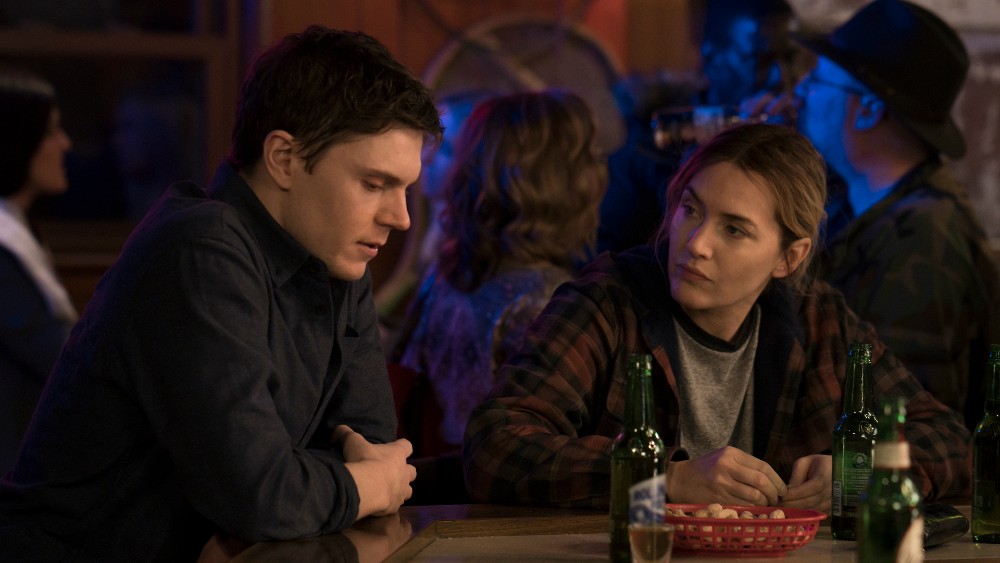
BTL: How does weather affect the schedule?
Richardson: Horribly. In all the ways you can imagine. You do the best you can to avoid it becoming a problem for continuity. We did embrace inclement weather a couple of times. There’s a scene outside a drug store where Zabel [Evan Peters] follows Deacon Mark [James McArdle] to his car. It rained pretty heavily that day. Traditionally, that’s when you might pivot to doing some work on the stage instead. But Craig and I both felt, “No, actually, it does rain in this town, this is something we can have in the show.” Apart from the minor logistics for shooting in the rain, I was very grateful to have it. It’s a texture that you can go to great expense to achieve, and we got it for free.
And then COVID impacted us pretty heavily on that front. We shut down in mid-March with I think 44 days left, and started shooting again from August through December of the same year. So there were pretty huge seasonal changes to deal with, but I think we did a decent job of not allowing it to distract the audience.
BTL: Do you think COVID protocols affected your creativity?
Richardson: Our creativity, not really. We had a shorthand by the time we returned after the hiatus, and we had about half of each episode in the can already. I had a phenomenal electric and grip team. My Gaffer Nina Kuhn and Key Grip Mitch Lillian were absolutely wonderful in adapting to the new reality of COVID working. We had to find ways to achieve what we wanted within the limitations we faced, which were mostly about not being able to go to too many locations, not being able to have too many background actors. It did limit the scale of certain ideas, but watching the episodes now, I sometimes lose track of which scenes were shot when.
BTL: How much of this was shot on stages?
Richardson: It was pretty evenly split between location and stage work. We built the interior of Mare’s house on stage, but the exterior is real. There are a couple of scenes where people ring the doorbell, and the shot of the person at the door is on the location, while the reverse shot is on stage done some days or weeks later. A lot of it came down to simple logistics. For the more frequently used environments, or complex scenes where we wanted that control, we built on stage. With some, it’s a perfect marriage between stage and location. The tavern, for example, the ground floor is on location and the upper floor is a stage build.
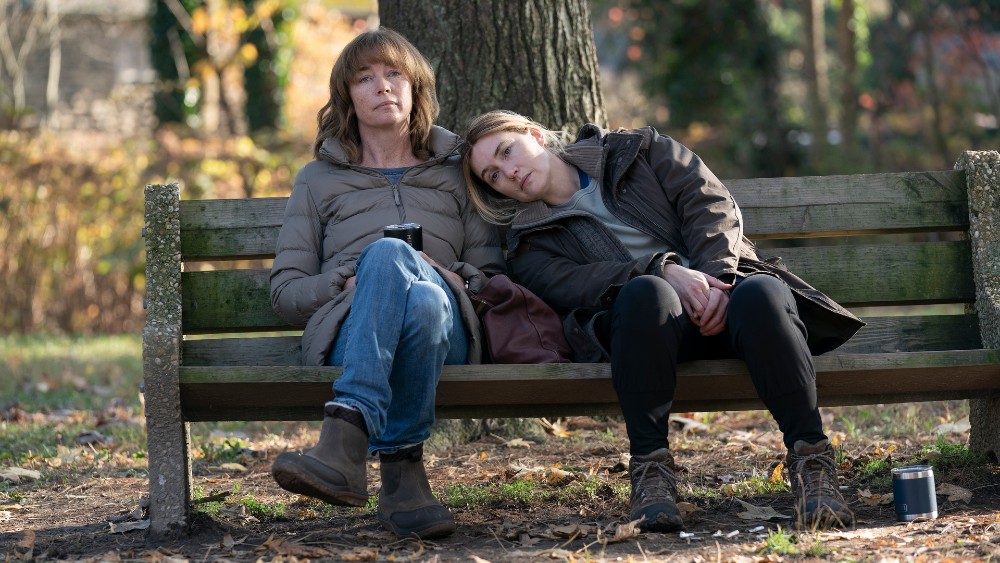
BTL: What was your camera package?
Richardson: We shot on two Alexa Minis with Leitz SUMMILUX-C lenses. That was about it. I don’t use filtration except for neutral density. Not that I have any particular philosophy about it! I test filtration on every job and then never take it out of the box again. Beyond that, the tools we used were the very simplest kind of grip and lighting equipment. We switched to exclusively using remote heads during COVID so we could have fewer people on set.
BTL: You say it’s simple, but for scenes like the therapist’s office, you have very complicated lighting schemes.
Richardson: That’s actually a perfect example of an opportunity to have the lighting and the feel of the space either echo or play against a character’s emotional state — Mare’s, in this case. Since there were these large windowed walls with a park across the way (a front-lit backdrop), I could bring the space up or down in concert with what the episodes needed. I could play a gray sky or direct sun, and then use that basis to shape the close characters lighting. That interior was on stage, so you’re right, there is a large amount of equipment involved in doing that. But the overarching goal for me is to only take a few steps away from a space’s naturalism.
BTL: How did you decide how to approach the action sequences?
Richardson: Those were the occasions where we really had to shotlist and storyboard. Having action-based events occur in real time on screen is a challenge. Shots get shorter, you’re trying to cram more information into them. It is critically important, particularly in a show like this, that there is absolute clarity about every moment, every decision that’s being made. These are not action scenes in the sort of visceral, gun-fighting excitement sense. They are driven by the choices the characters make. How smart are they going to be? Precise planning helps an audience feel those choices.
I think audiences really need their heroes to be smart in those situations, because nothing turns them off more than someone doing something patently stupid, you know?
BTL: Your camera is intimate without feeling intrusive. We’re close to the characters, but it never feels like we’re hounding them.
Richardson: I appreciate you saying that. My philosophy is to try and get to the feeling of what it is like to be in close proximity to another person, as if you were part of that conversation. You’re just trying to bring the audience in to experience it. Instinctively I resist shots that are too close or too wide or just too clever. I want things to be almost inadvertently beautiful, you know? I do strive to make a beautiful show, but the last thing I want is for an audience watching to become conscious of the existence of the camera. I want them to be able to experience the world and feel the environment without being overly guided. And above all in this show, to connect deeply with the characters and the nuances brought to them by the performers.
Mare of Easttown can now be watched on HBO or streaming on HBO Max. All pictures courtesy of HBO.

